Frequently Asked Questions about Camera Trap

Camera traps help in uncovering crucial information about wildlife which can be further used to protect those rare species and their habitats. For example, camera traps are used on the Indonesian island of Sumatra to conduct surveys. These surveys will assist in providing information about tiger territory in Sumatra’s rainforest. Moreover, these maps are used to know where those tigers live so the local government can consider them while making important land-use decisions.

Q: How often do you find the camera traps have been damaged or sabotaged by passing animals or humans?
A: The number of trap cameras stolen by people are more as compared to the trap cameras damaged by animals. For example, a group placed trap cameras for 7 months only to find out that 14 out of 80 were stolen by humans and only 5 were damaged by animals.
Q: When a camera trap flashes does it harm the animals' eyes?
A: A camera used in a camera trap is quite similar to the camera you usually purchase in a local store. They do not have any special flash. So, if the flash is safe for humans and pets, it’s obvious that it will be safe for wild animals as well.
Q: How much film or memory can be stored in the camera traps at one time and how often are they checked?
A: If you are using a standard 35mm film, you can only get about 36 exposures. This is because the batteries last for up to 36 exposures. As far as the infrared trigger is concerned, it lasts a bit longer. However, both depend on how much animal traffic is available at the site. Moreover, a busy site will definitely use more film and batteries and you will have to check the camera trap more often.
Additionally, with a good digital camera and large memory card, you can easily take about 500 pictures without even changing the card. The only problem is that the batteries would be used up quickly in this situation.

Q: How do you set up a camera trap?
A: The first thing you need to do is find the best spot. Once you are sure where you are going to put the camera, the next task is to find the best tree or a pair of trees in some situations, to attach the camera traps. Make sure you look for small creeks, game trails or ridges, where you have chances of getting a photo. The camera trap system is basically a waterproof box that has a heat-in-motion sensor and a camera inside. When a mammal crosses the beam, the photo is taken; this is the reason the box needs to be closer to the ground. Atop the dry box makes certain that the camera, sensors and the film stay dry. This is important for areas where it rains all year round. The camera trap is attached to the base of a tree with the help of a piece of webbing and then locked with a cable lock.


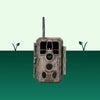

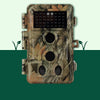



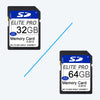
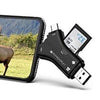

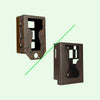





Leave a comment